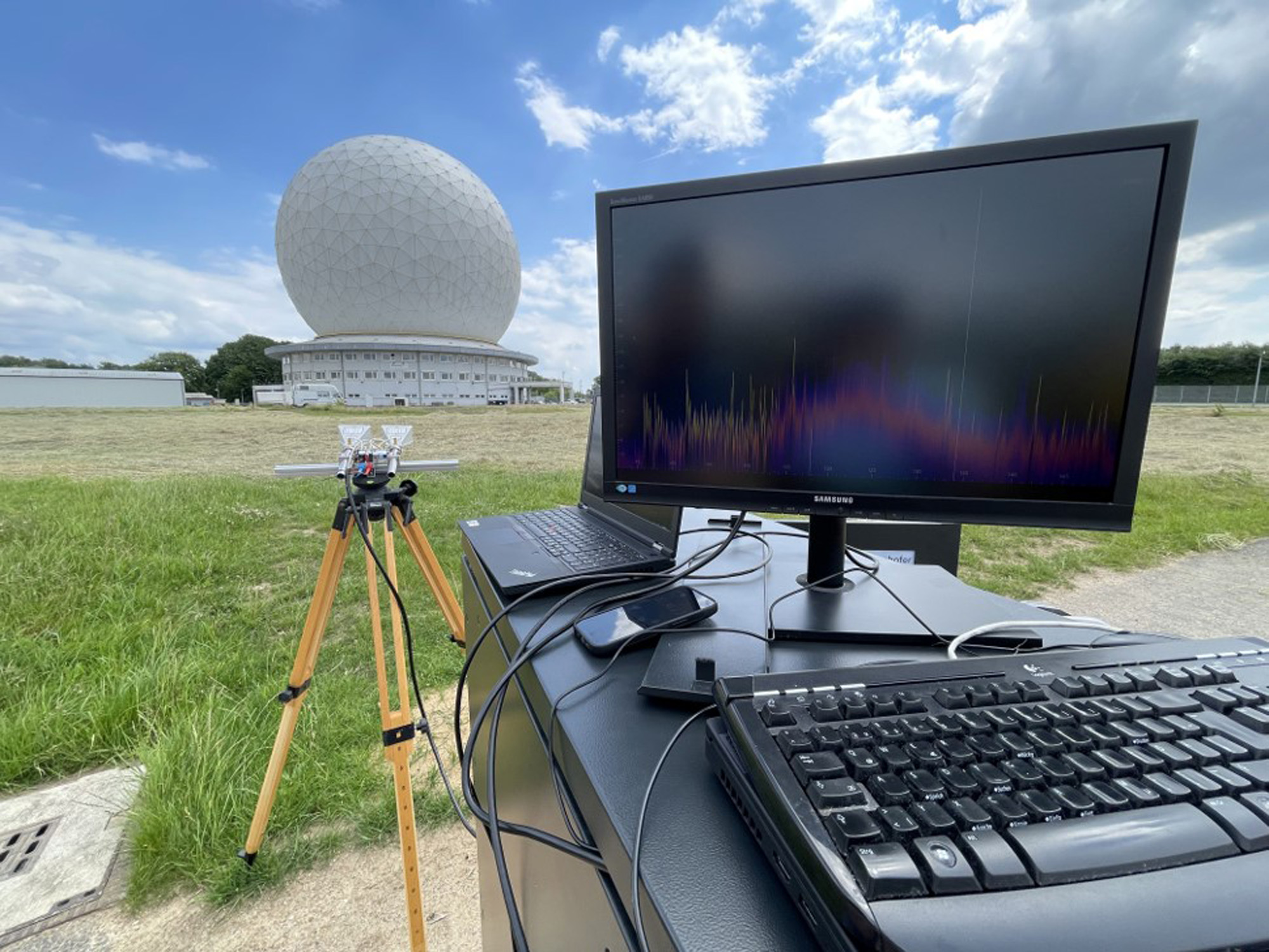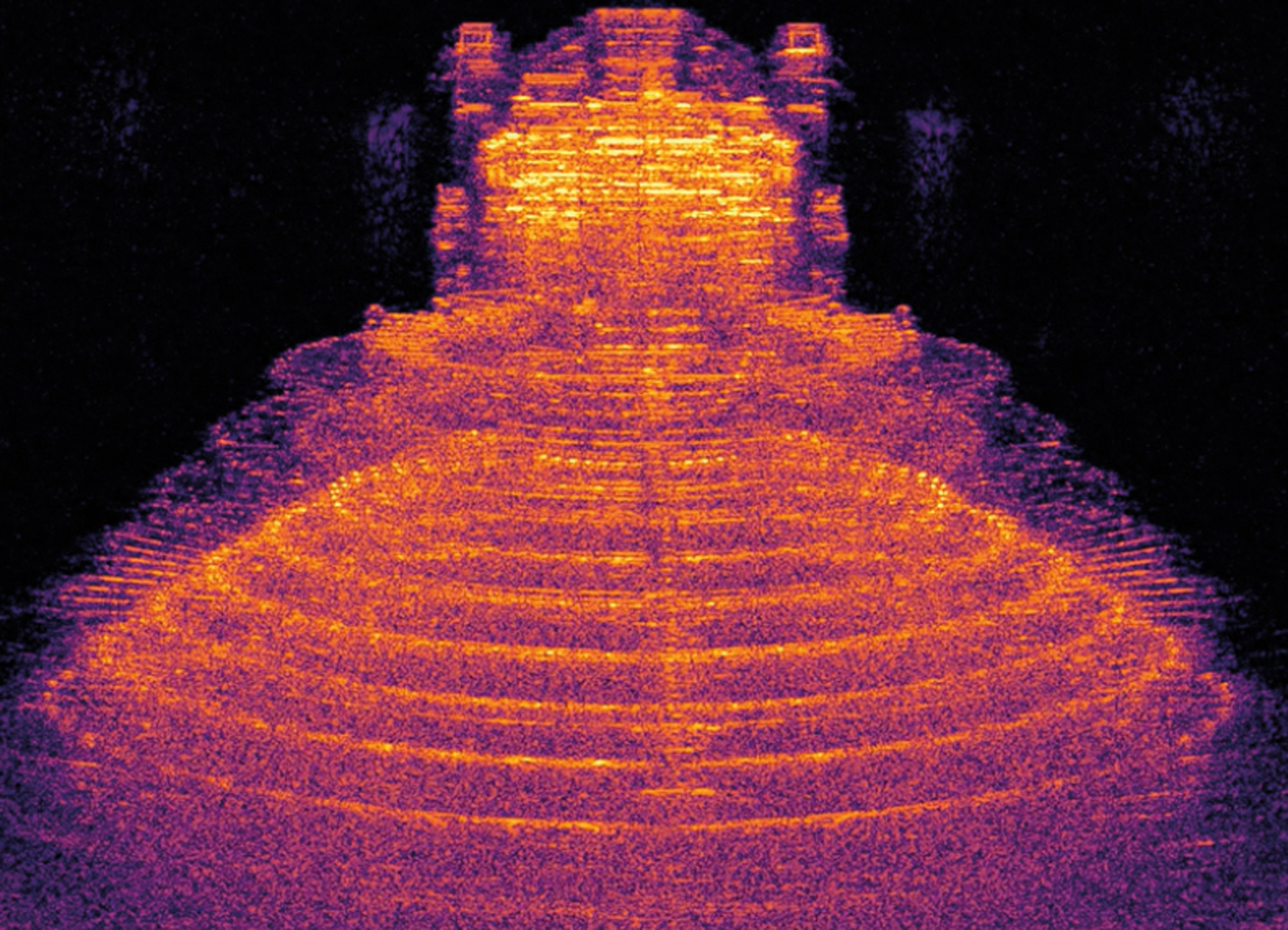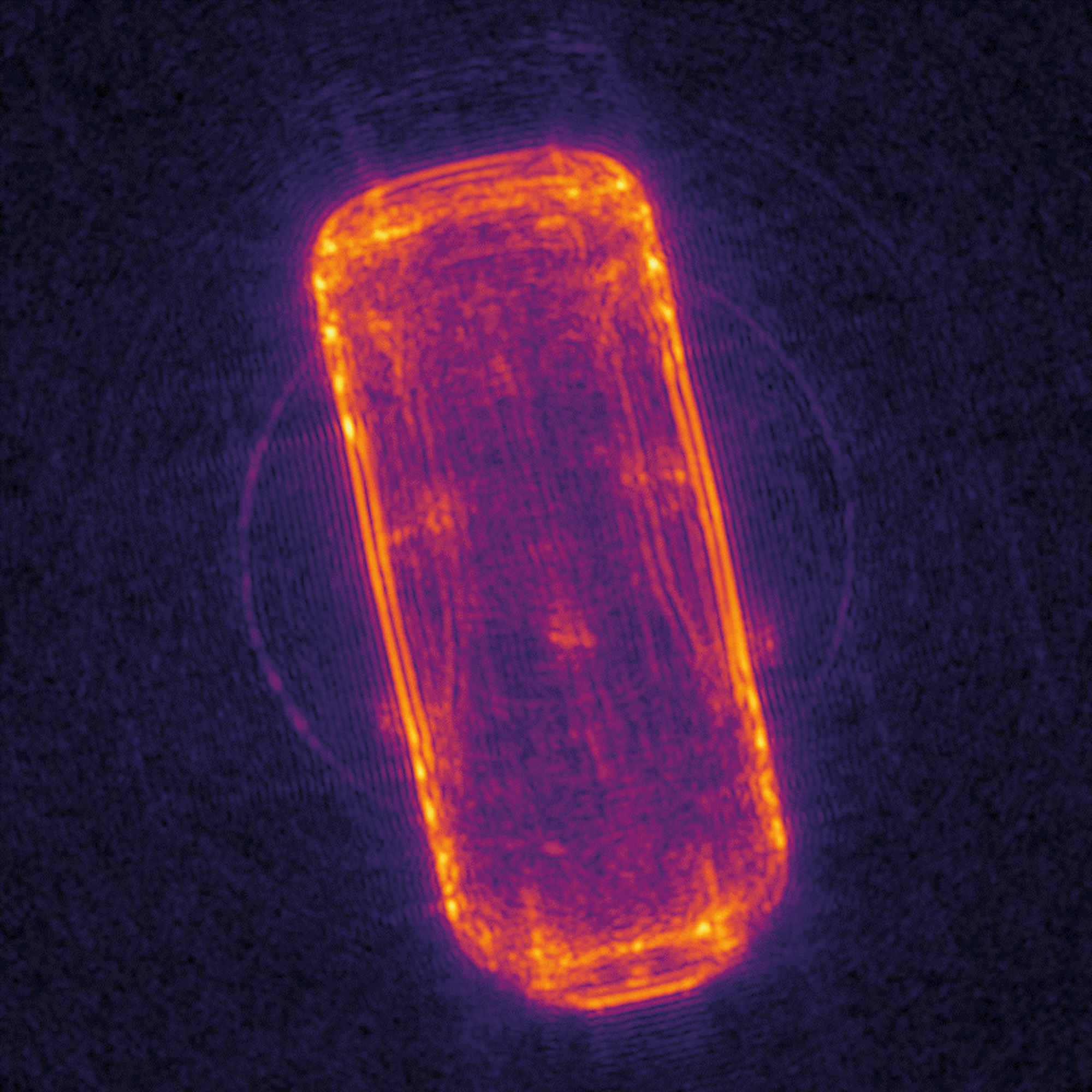High-resolution imaging radar for space observation



Satellites and their attachments are becoming increasingly smaller: The view into space must therefore be improved in order to be able to see more details. A new, high-resolution, polarimetric imaging radar for the TIRA space observation radar should make this possible.
For what reason is the satellite no longer working – was it hit by space debris? Such questions can be answered with the TIRA imaging radar of Fraunhofer FHR: Via target tracking radar the trajectories of the satellites are tracked, the imaging radar collects additional data from which radar images are calculated. In the past, for example, Fraunhofer FHR was able to detect that the foil-like solar panel of the Japanese research satellite ADEOS-1 had torn off and wrapped itself around the holding mast. But technology continues to evolve – satellites and their attachments are getting smaller. TIRA imaging radar is therefore increasingly reaching its limits in terms of resolution.
High-resolution space imaging radar
The TIRA-HD project aims to close this gap. The goal is to develop a high-resolution imaging radar that also uses the polarization of radar waves. The antenna emits differently polarized radar waves, which are reflected by the space object and received again. In this way, structures such as complex attachments can be detected and analyzed much better. While certain structures are only faintly visible in one polarization direction, they appear clearly in the other. In addition, different parts of the object that are imaged in the same image pixel can be separated from each other, which has not been possible until now. This gives TIRA completely new capabilities.
Recording extreme amounts of data
One challenge lies in the large bandwidth required for the high resolution. After all, the data must be recorded in real time – and for the different polarization directions over an observation period of about ten minutes. This adds up to several gigabytes per second. The recording unit also has to be integrated into TIRA‘s very limited, and in addition mobile, space and protected from overheating. The project team investigated various cooling concepts via simulation and tested them in initial iterations. It also investigated low-vibration integration options to protect the sensitive electronics during radar movements.
The recording unit has already been successfully tested at an intermediate radar frequency. For this purpose, the project team imaged, among other things, a vehicle on a rotating platform as well as the moving TIRA itself. The first radar images already look very impressive, especially considering that this is only an intermediate step towards the final radar system.